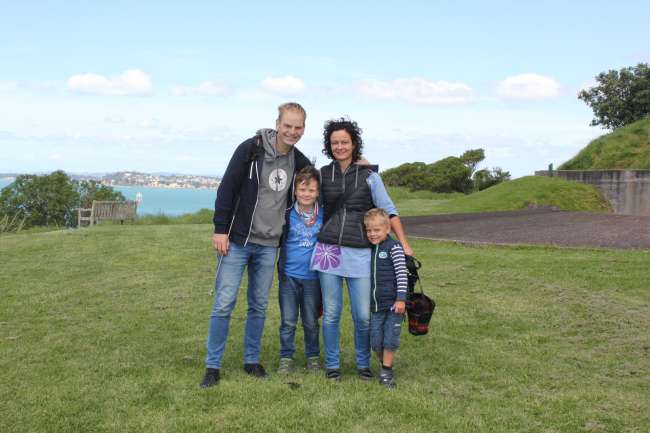Across Australia - From Alice Springs and Uluru-Kata Tjuta National Park to Coober Pedy
Публикувано: 07.02.2017
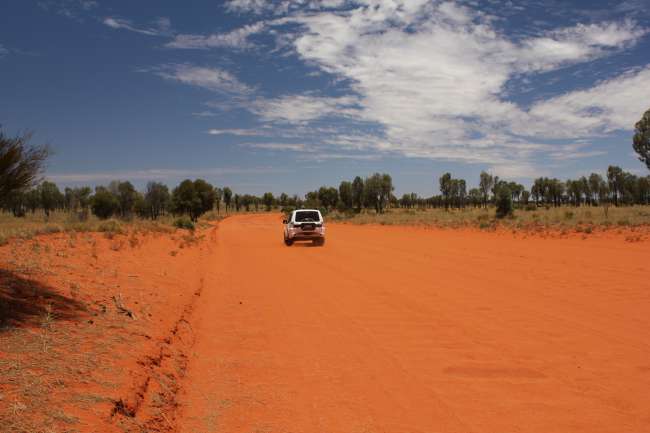
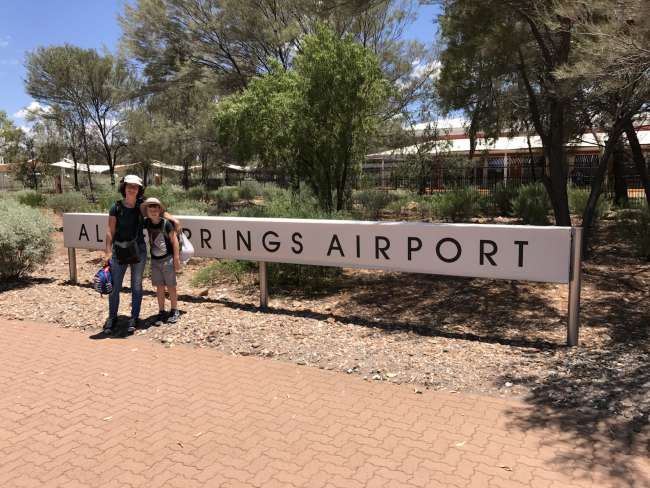
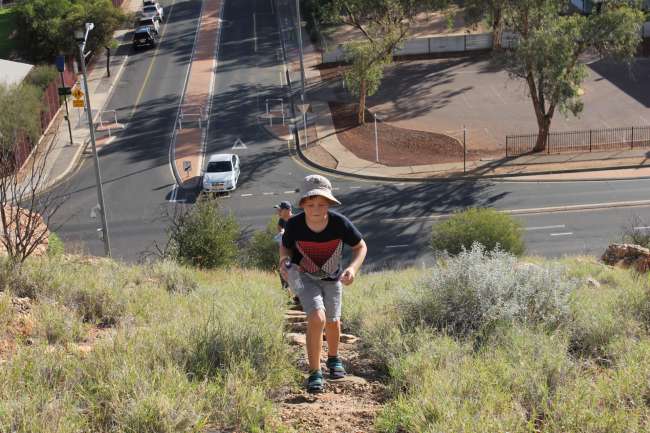
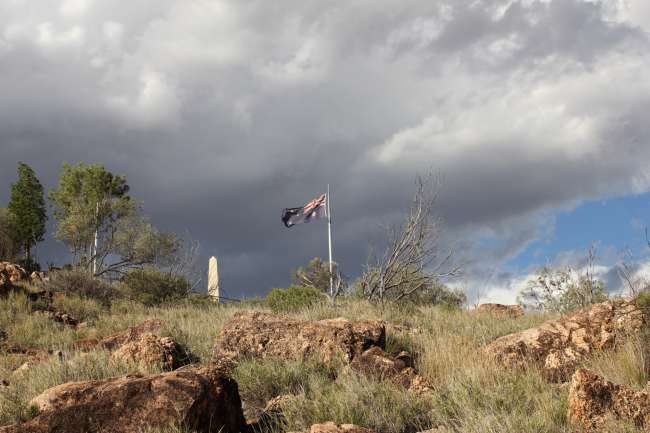
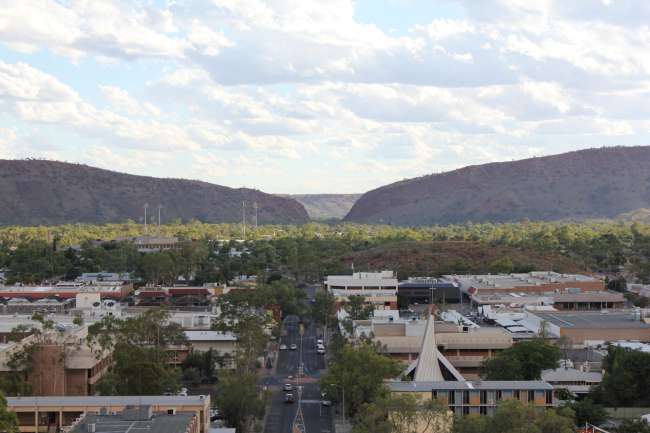
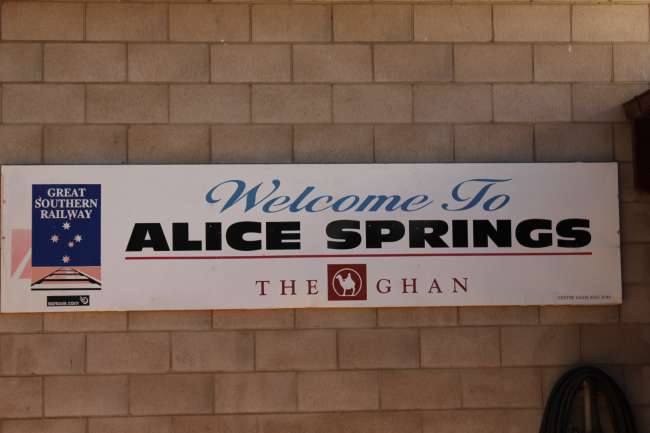
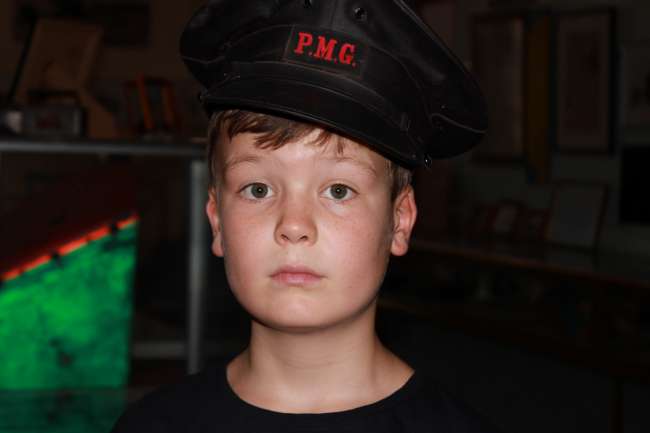
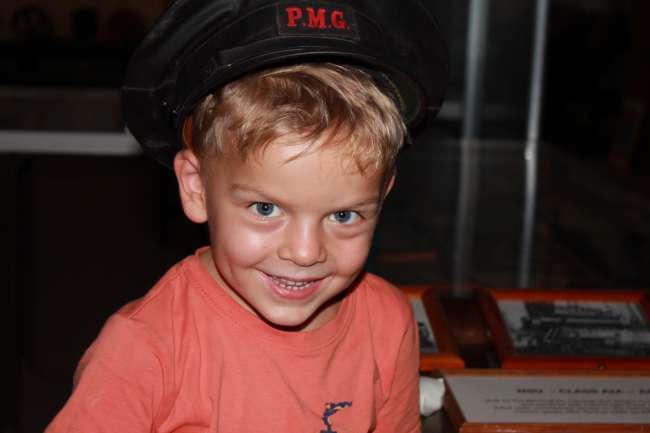
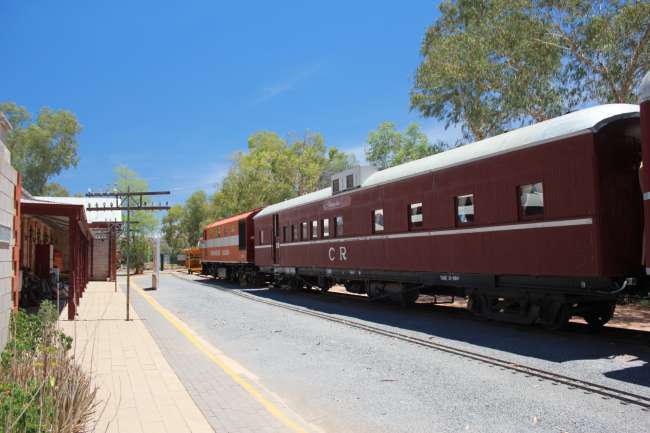
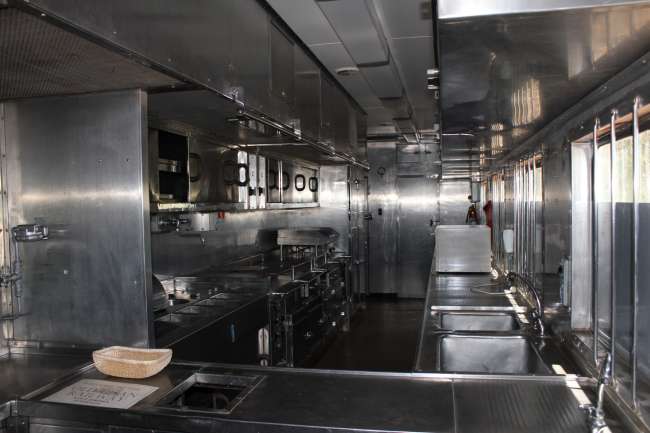
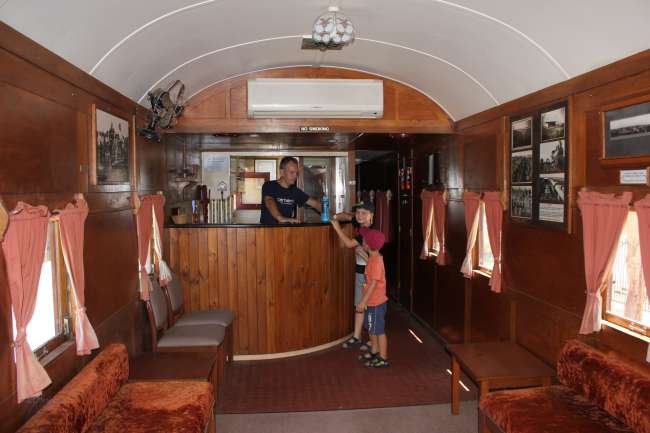
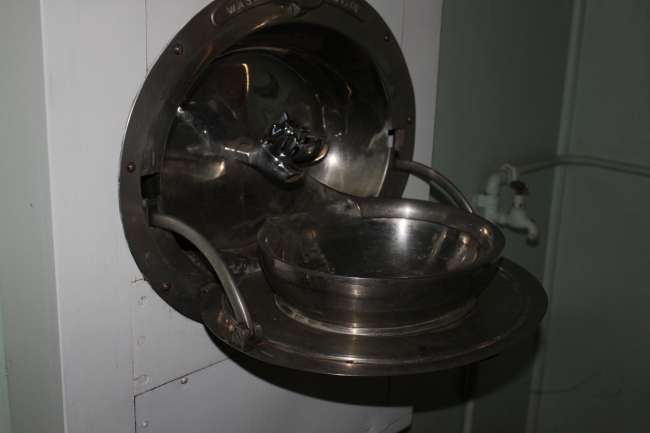
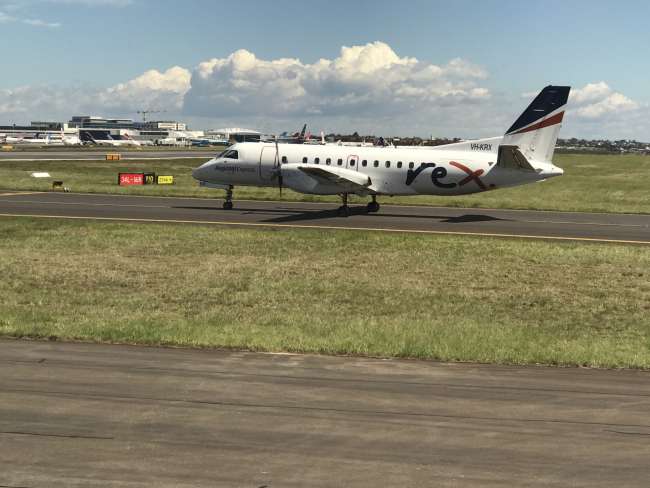
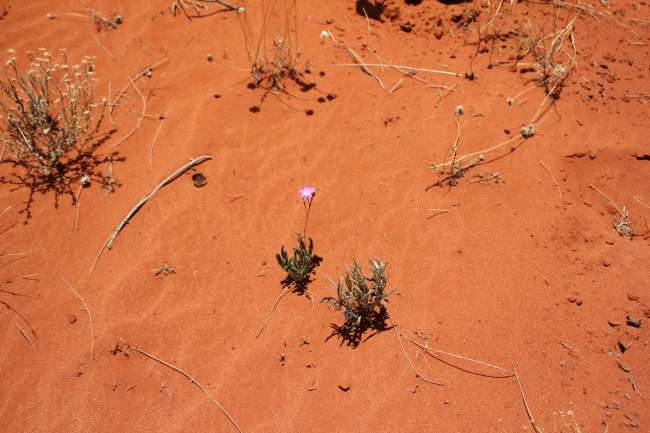
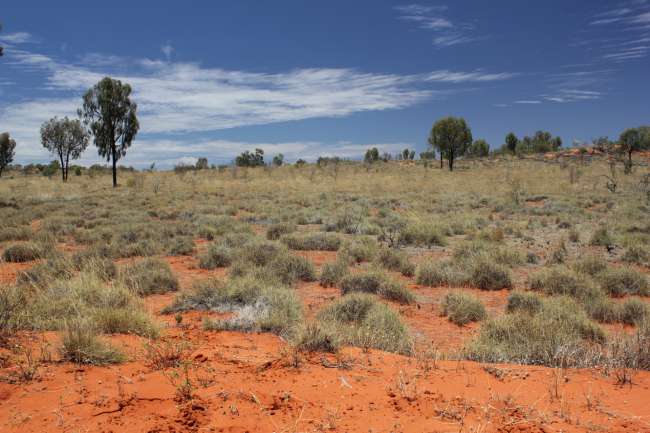
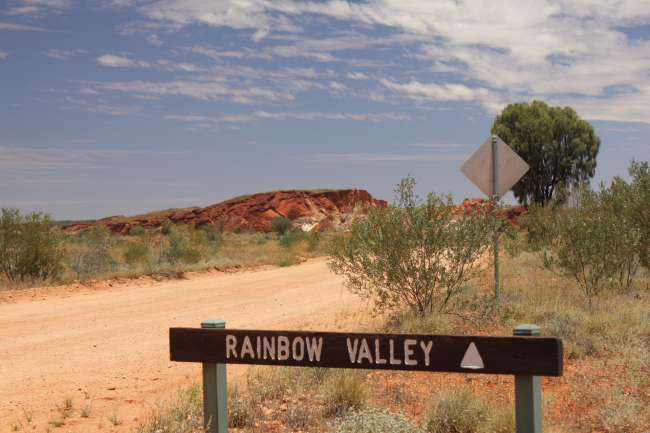
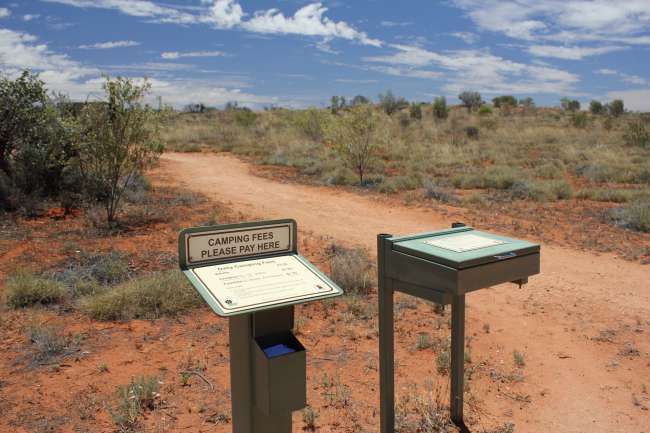
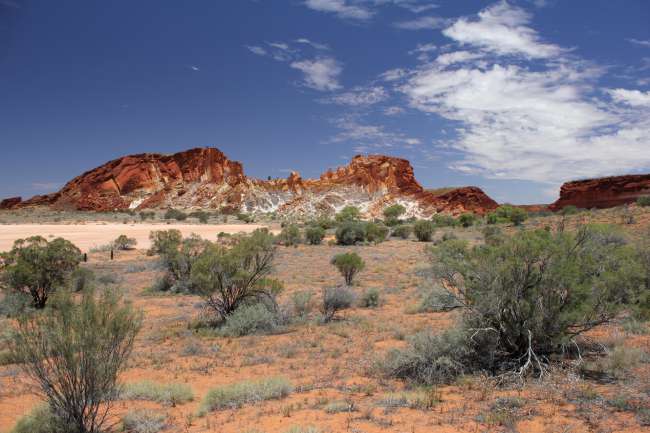
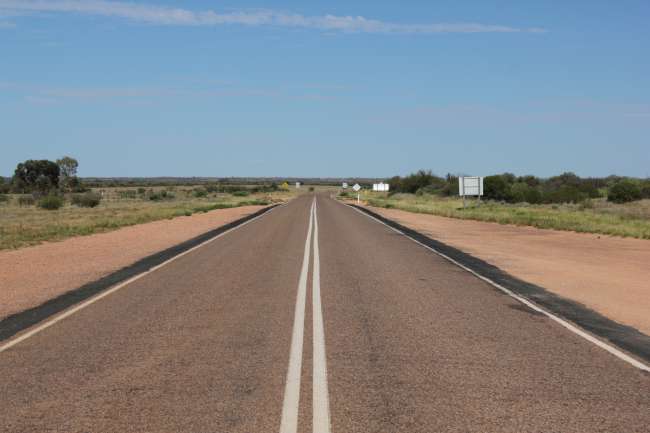
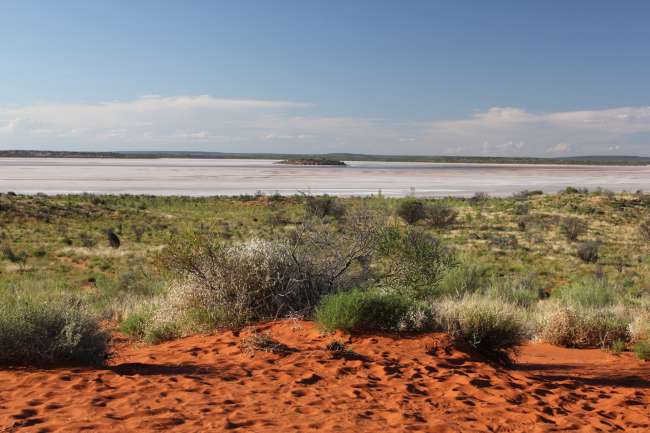
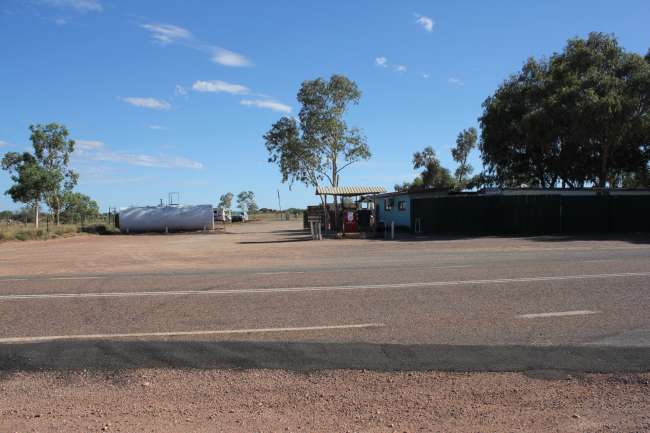
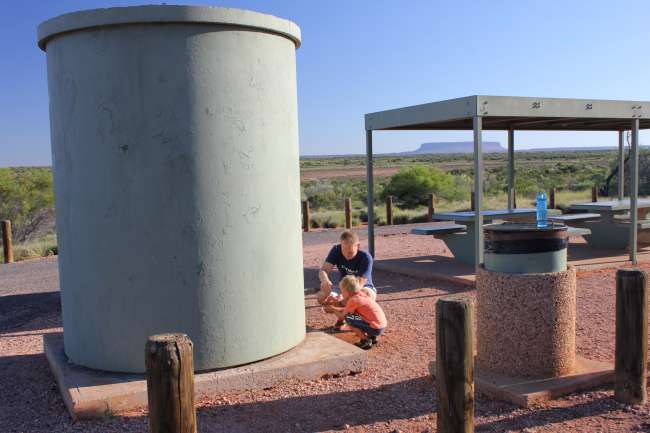
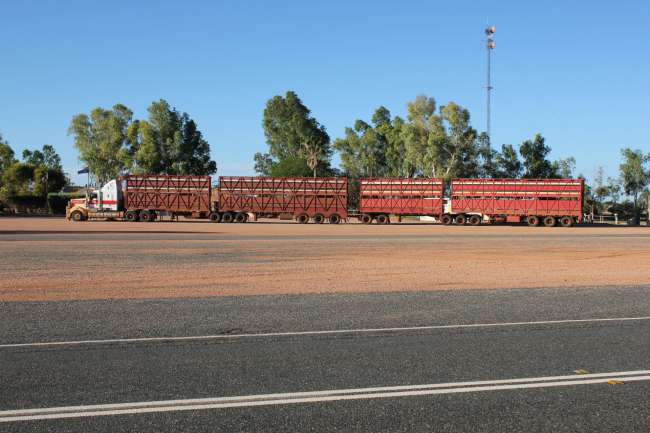
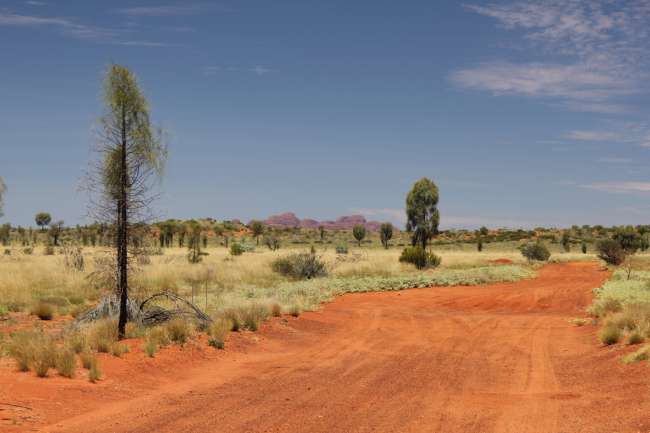
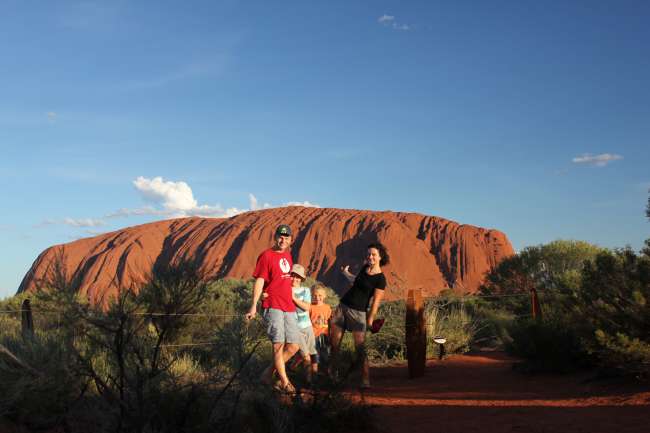
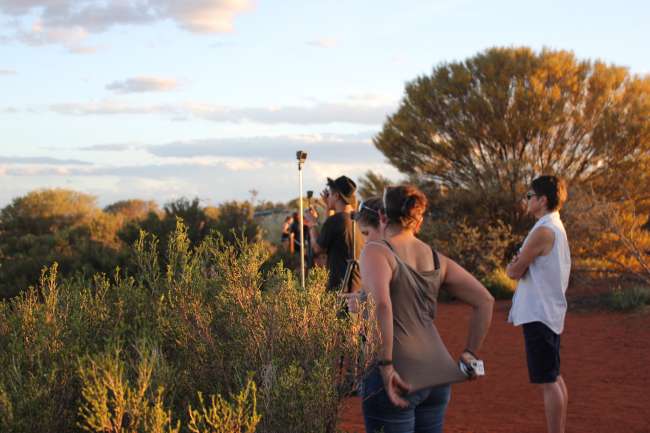
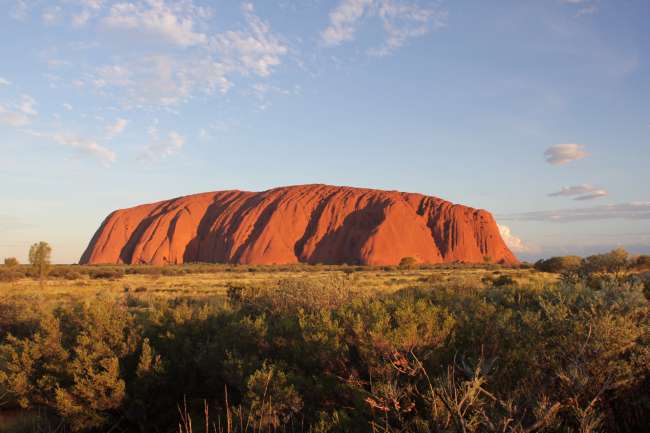
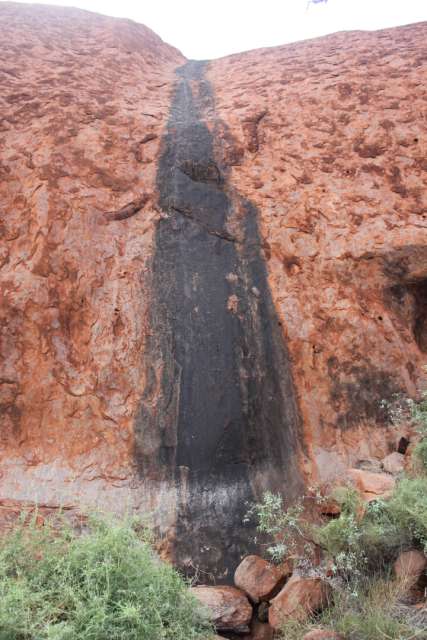
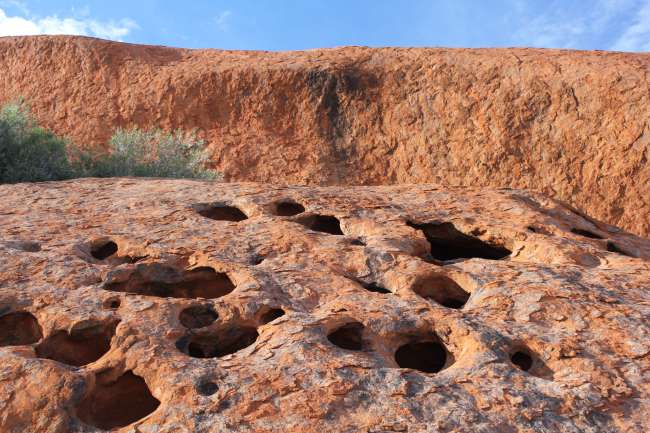
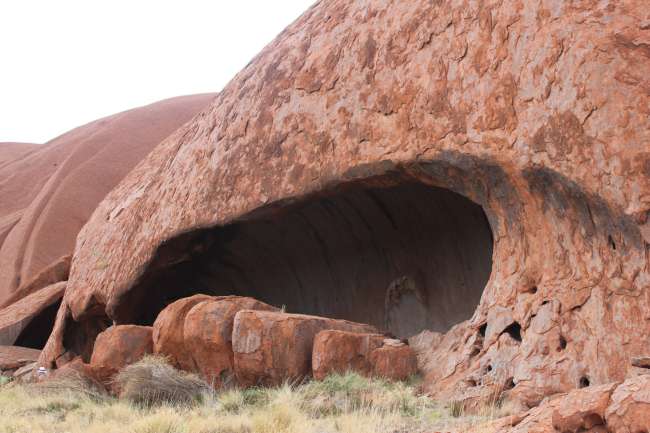
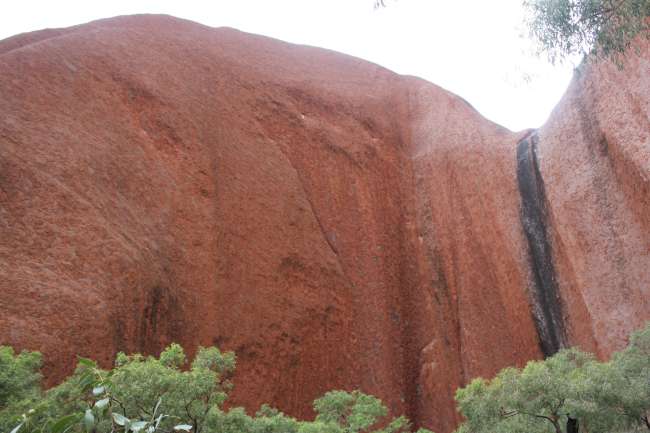
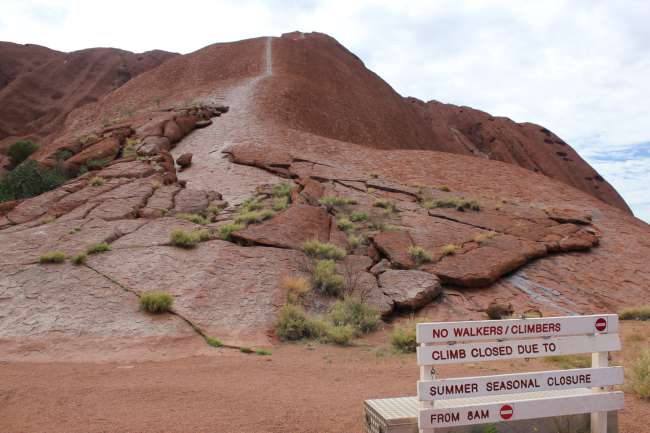
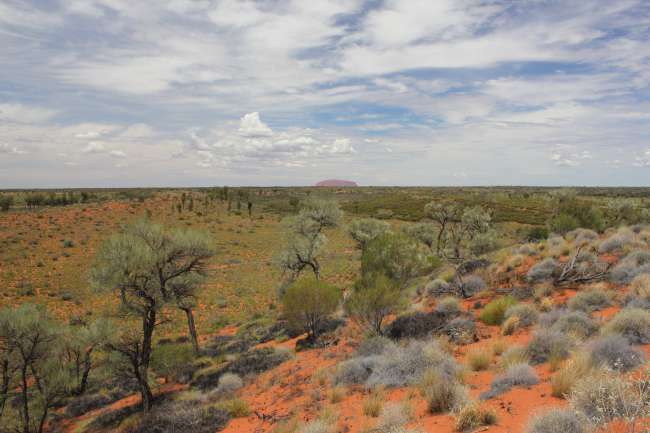
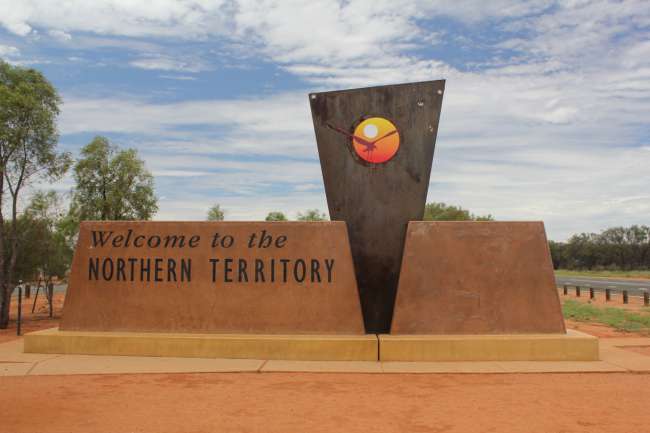
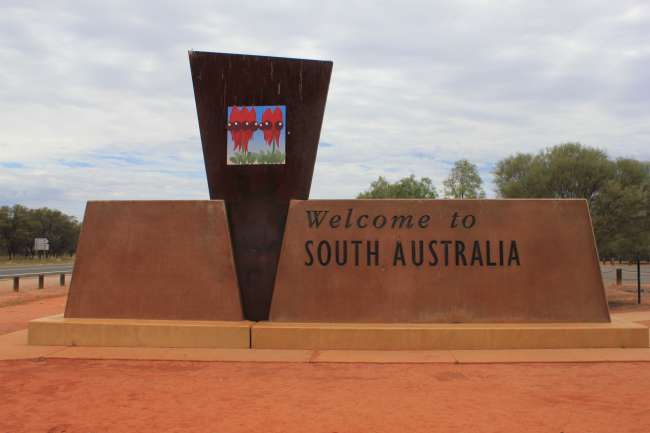
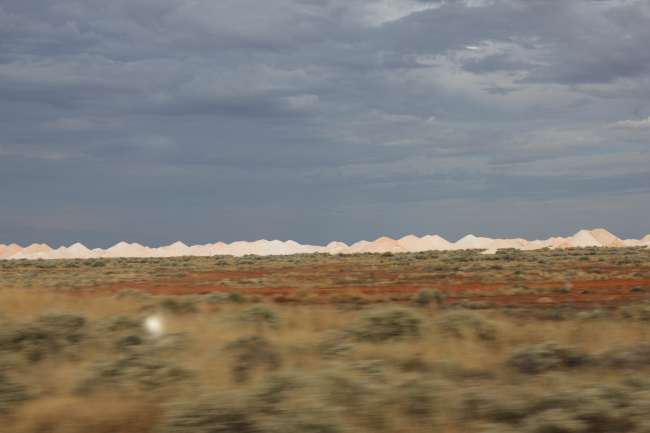
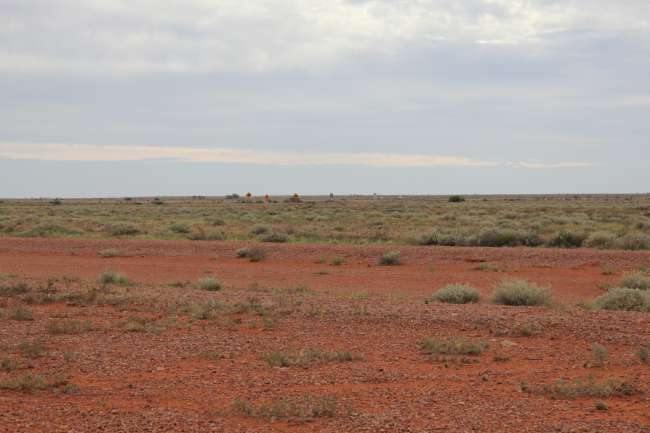
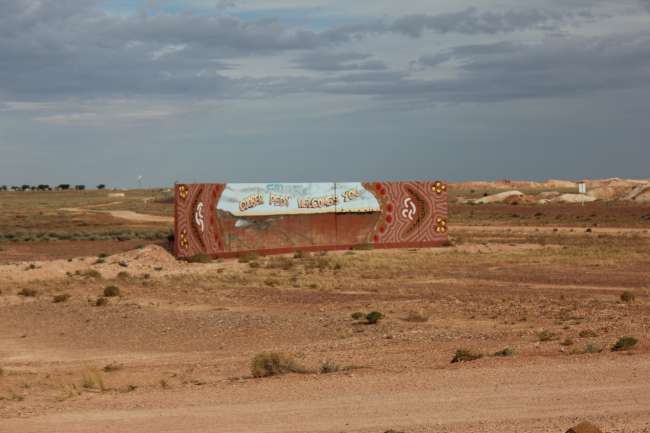
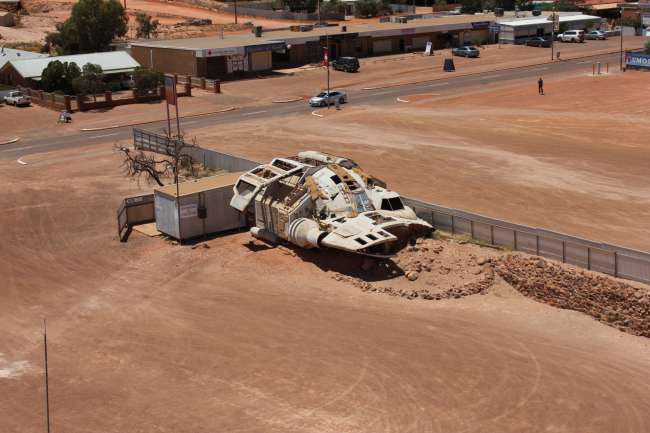
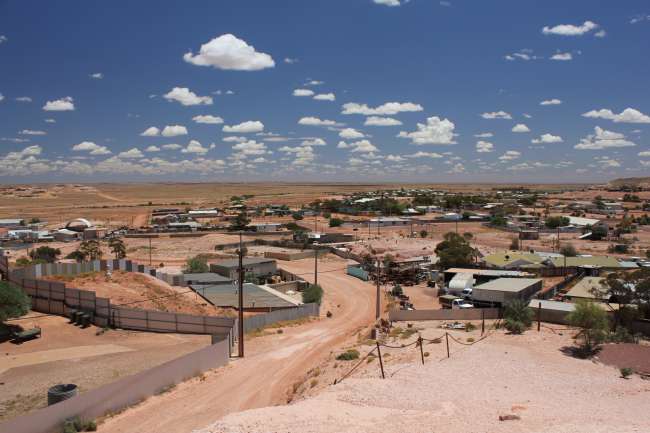
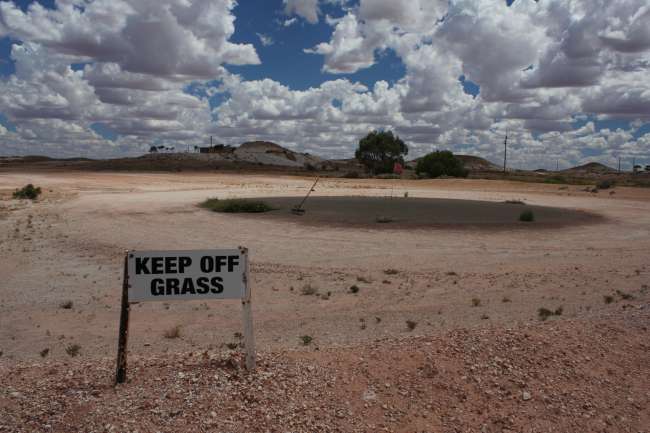
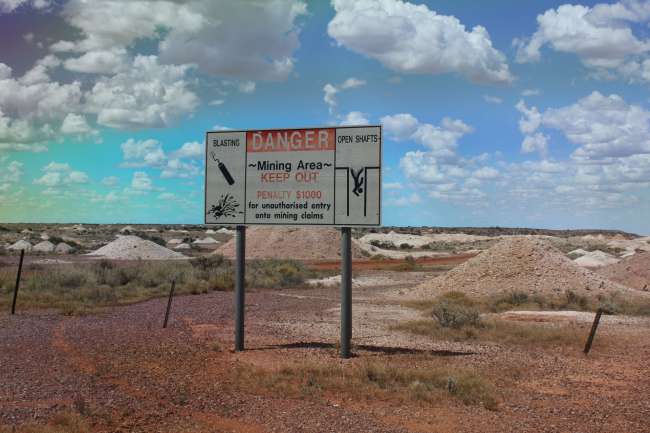
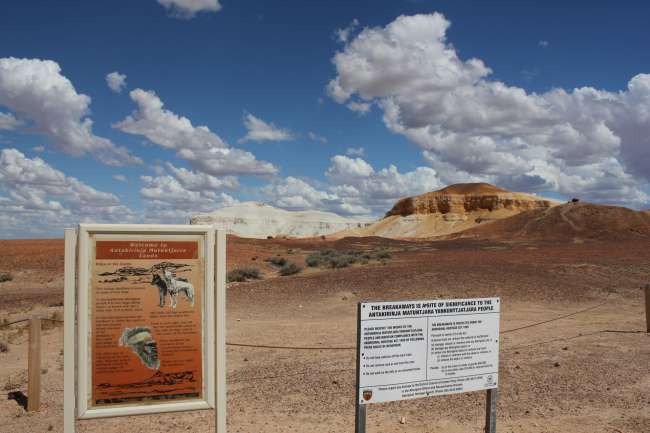
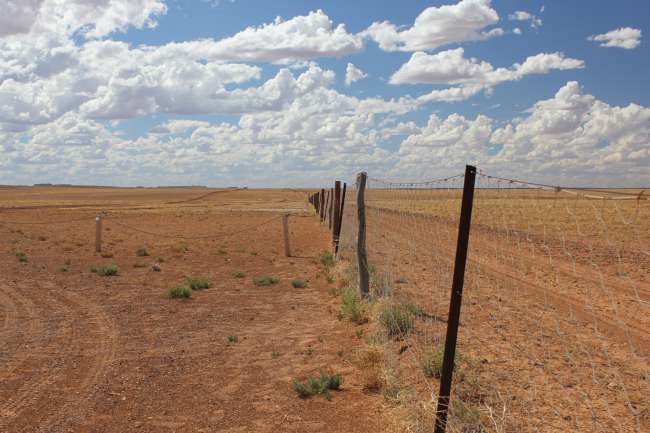
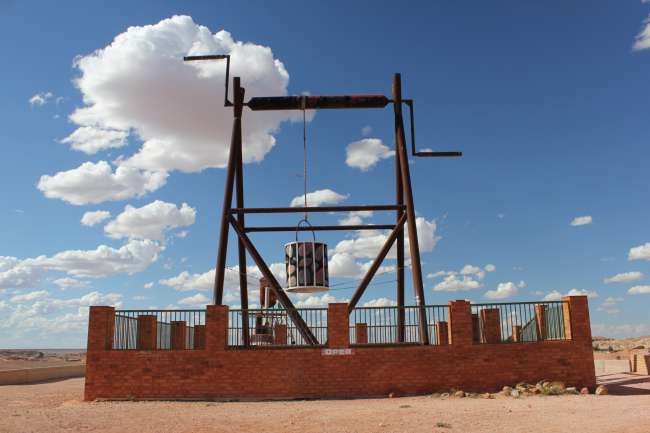
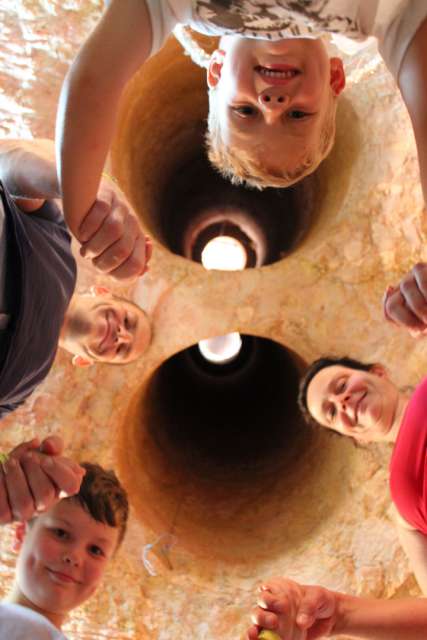
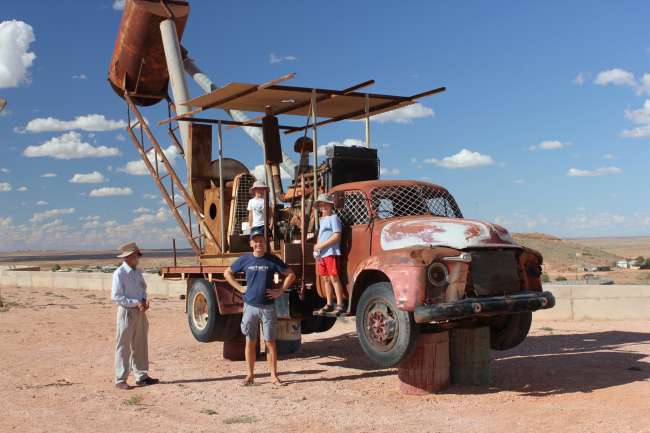
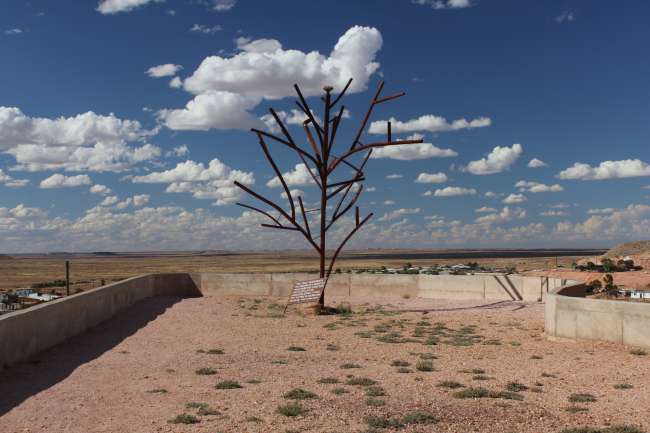
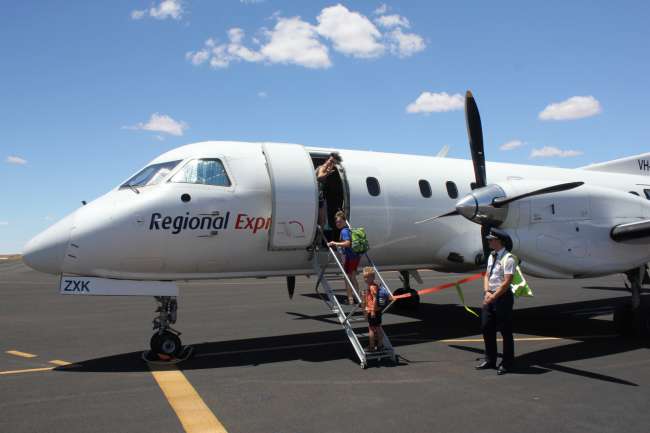
Абонирайте се за бюлетин
Starting on December 17, 2016, it was summer vacation and we were able to travel around Australia for 6 weeks. Torben patiently adjusted our travel plan over and over again, as many things were already fully booked or train services only operated on selected days of the week or not all stops were always served...
During the summer vacation here, the Christmas and New Year holidays are celebrated. We have learned that (it seems) ALL Australians take vacations from around December 20 to about January 10, usually in larger groups (with family and/or friends). Often, bookings are already made for the following year (just like our winter vacation). But in the end, we put together a round trip and had a varied and very beautiful holiday.
We start with a flight to Alice Springs and drive from there with a jeep to the Ayers Rock Resort in the Uluru-Kata Tjuta National Park. The import of food between the Australian states is often restricted. No fresh fruit is allowed to be brought into Alice Springs in the Northern Territory. There is a corresponding sign with a small trash can in front of the terminal - so we obediently stand in front of the building at 40 degrees Celsius to eat our fruit. Of course, we're the only ones doing it. We can't observe any checks. Not even later on our trips to South Australia, Victoria, and NSW. So we'll just relax about it in the end...
Alice Springs is a sleepy little town with Anzac Hill as a lookout hill. There is a small shopping street - however, most shops, except for the discount stores, were closed. We had a lot of fun at the Flying Doctors Museum with a film presentation and other media surprises, especially with the exhibited airplane. Unfortunately, the Todd River had dried up, but it can also be very full and separate the towns. We spend most of our time in the pool of our hotel ;-). The recommended travel time is the Australian winter, we're there in December and therefore in the complete low season, but it's still very warm..
From Alice Springs, we drive by car via the Stuart Highway and the Lasseter Highway with a short detour to the railway museum and to Rainbow Valley to the Ayers Rock Resort. So this is the Outback... red-orange soil with knee-high bushes and straight, endlessly long roads shimmering in the heat as far as the eye can see. One car per hour (Torben said: per half hour), which we greet with joy using our headlights, a roadhouse every 1-2 hours, the occasional truck.
The Ayers Rock Resort was built near the Uluru-Kata Tjuta NP with apartment hotel rooms of different price ranges and a shuttle bus between the different 'districts'. In the middle are the restaurants, shops, a supermarket, a museum with a gallery (with typical Aboriginal paintings), pools, a theater for performances, and areas for 'talks' with Aboriginals or national park rangers about previously used weapons (spears, boomerangs, shields), traditional dances, explanations of the night sky, and much more. Meanwhile, the Aboriginals are again owners of the land and, to our knowledge, also of the resort.
To enter the NP, you already need a car. The entrance is about 20 minutes away, tickets are available per day or for 3 days as a single or family ticket. In the park, there is the NP Visitor Center with exhibitions about the culture of the local Aboriginals and a cafe. From here, hiking trails start around Uluru and theoretically, you could also rent bicycles. We didn't manage to do that - either we arrive too late (because of the heat) or it rained the night before and bicycle tours were not allowed. Either way, it was a shame.
There are designated lookouts for sunrise and sunset for Uluru and for Kata Tjuta (the Olgas). We combined watching the sunset with a picnic, watched the artistic sea of lights ('fields of lights') on the wide plain in front of Uluru at night, and joined the guided walk where a guide explains special features of Uluru for the Aboriginals. We did not climb it - the Aboriginals do not wish for that. Besides, it's way too hot (the route is closed anyway from 7.30 a.m.) and there are always accidents due to self-overestimation. We also visited the Olgas (Kata Tjuta). Due to previous rainfall, there were actually blooming plants on the surfaces!
Unfortunately, besides birds, we don't see any (living) kangaroos, camels, or anything else. I'm afraid it was also too hot for the animals. However, there were some remains on the side of the road...
From the Ayers Rock Resort, we set off with a jeep to Coober Pedy, which is about 750 km away. Again via the Lasseter Highway and from Erlunda the Stuart Highway towards the south to Coober Pedy. At the state border to South Australia, we become nervous again because of our apples and melon, but nobody checks and we eat everything in a timely manner... With a few rest stops, we drive directly and without detours to Coober Pedy, passing interesting-sounding signs for Oodnadatta, William Creek, and Lake Eyre National Park, always parallel to the Ghan route. Today, unfortunately, is not a day with train traffic, we don't see either the passenger or a freight train. Also passing dried up creeks.
We pass the Woomera Prohibited Area. It is forbidden to enter this area due to the effects of a nuclear bomb test in the country itself in the 60s. The land was considered uninhabited by settlers. However, Aboriginals lived and still live there, but their lives were worth very little at that time. In the ACMI in Melbourne, we saw a film by an affected indigenous person.
About 30 km before our destination, the flat landscape changes dramatically. As far as the eye can see, we see pointed hills, whole forests of them, predominantly red and white. These are the spoil heaps of the small individual opal mines. If you want to search for opal, you mark your desired claim, go to the office, get a license for it, have a hole drilled, and start.
Coober Pedy is a village of about 1000 people, the population varies. Currently, there are supposedly still about 70 miners living in the village. We stay in an underground hotel without windows, but with ventilation shaft and a stable 25 degrees Celsius. There are underground houses, museums, and (5) churches. On the hills, you can see the living quarters and houses inside the mountains. Every now and then, vehicles from 'Mad Max 3' can be seen in the dusty area. Dust is everywhere here and wind, together with the good 40 degrees Celsius, is a great combination... We take a guided tour through the village (by car!), to the Painted Mountains, the Dingo Fence (to protect the sheep in the south), to the mines, and we visit underground buildings. Highly recommended, see pictures! I'm not allowed to get out of the car at the mine fields, as there have already been some bad accidents (tourist falls into one of the described randomly scattered mine holes with a camera in hand).
In the evenings, you meet at the pizzeria on the main street at more or less normal temperatures. Unfortunately, the opal shops have already closed at that time.
Our hotel also operates the airport. The bus driver is also check-in staff and aircraft loader in one, so there is no chance of missing the flight! By the way, there is no security check. We fly to Adelaide in a propeller plane in just over 2 hours. We arrive there a few air holes later and start our next leg: Melbourne, the Barossa Valley, Bendigo, and Echuca in the Melbourne area.
Абонирайте се за бюлетин
Отговор (1)
Sabine
Hallo ihr 4, euren Blog gelesen, sehr interessant und kurzweilig, und die tollen Bilder dazu angesehen. Wirklich toll! Da bekommt man Lust auf mehr! Ich freu mich schon auf die nächste Staffel. Euch alles Gute und eine schöne Zeit. LG Sabine
